
As you may already know, I oversee all aspects of quality assurance and quality control for the tile division here at Creative Materials Corporation. My scope and responsibilities range from reviewing tile specifications in early schematic design to assisting with post jobsite issues and concerns at the contractor level. This means that the questions my department encounters are wide and varied, from understanding TCNA substrate requirements for a proper on-grade installation to assessing efflorescence and leaching in latex-modified grout – and everything in between. The questions are unpredictable, and although frequently similar, every so often, questions arise, requiring me to dig deeply into the archives for a golden oldie answer. I admit I obsess a bit over all things having to do with tile, and I thoroughly enjoy learning, discussing, and educating others about it.
So in my quest to better identify, understand, and organize the questions I’ve received over the years, I first needed to quantify all the information on hand into subcategories. Conducting this important initial step, I must confess I was surprised, to a certain degree, that I get asked the same questions quite a lot. I thought sharing these questions and answers with you through Tile Talk might be helpful. I remember way back in my school days; teachers said that if I had a question, chances were good that another classmate had the same question. I hope you’ll ask a question if you’re curious.
Therefore, without further ado, and in no particular order, I present The Seven* Most Frequently Asked Questions About Tile:
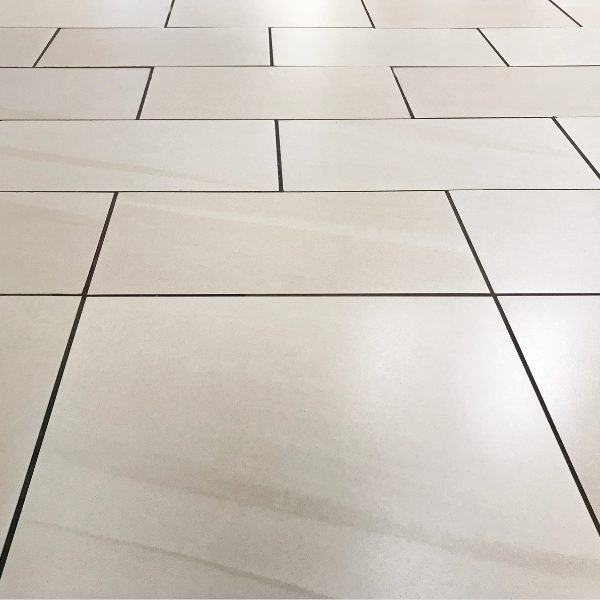
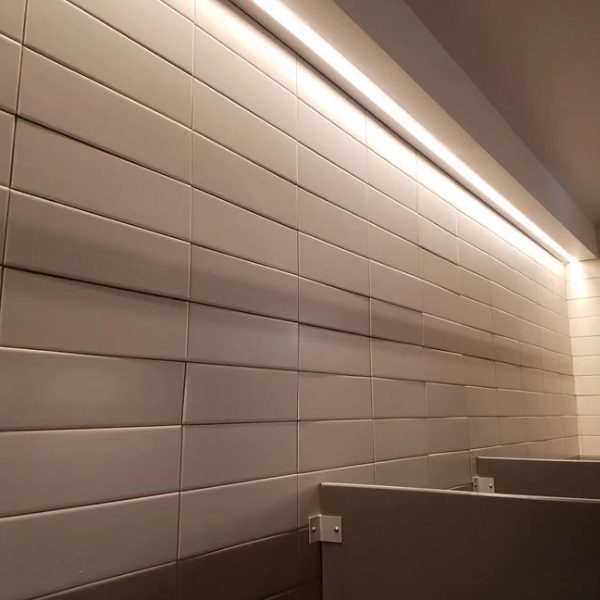
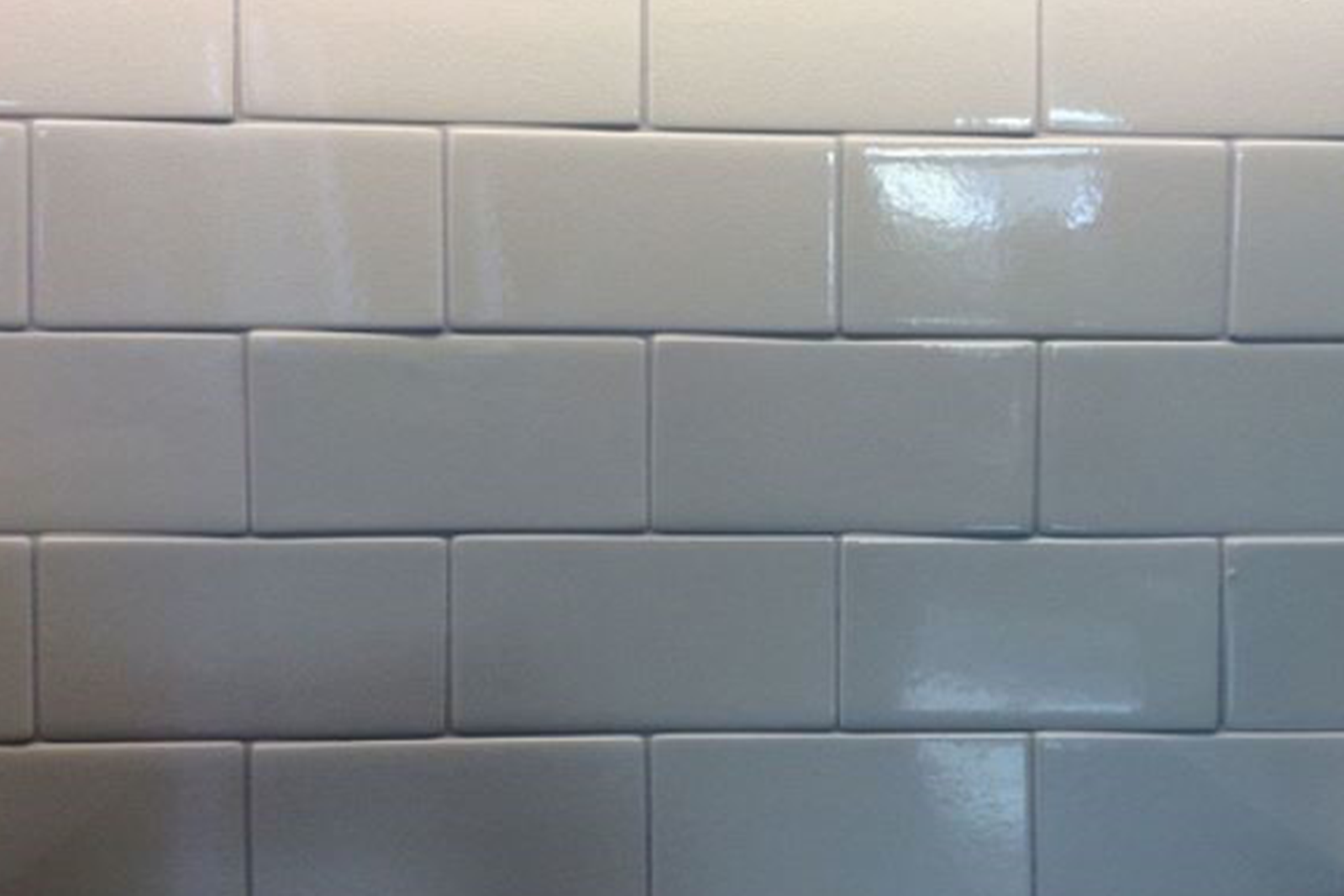
Let’s define lippage again: the vertical displacement between two adjacent tiles. As I mentioned in a previous blog, lippage is often the result of multiple factors. To best minimize lippage in a finished installation, remember these tips:
Lippage typically combines inadequate substrate prep, inferior installation techniques, improper material, and design specs. Reference my Top 5 Tips to Minimize Lippage for additional insight into this topic and the (not-so) secret revealing what project stage has the best chance of resulting in the least amount of lippage.
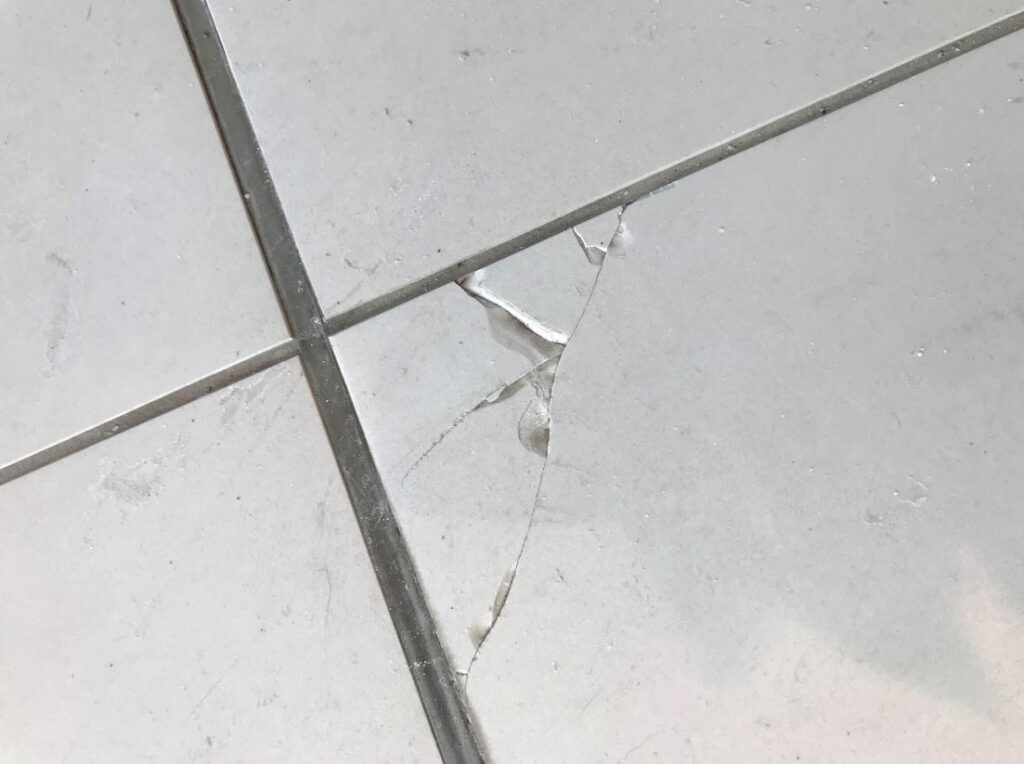
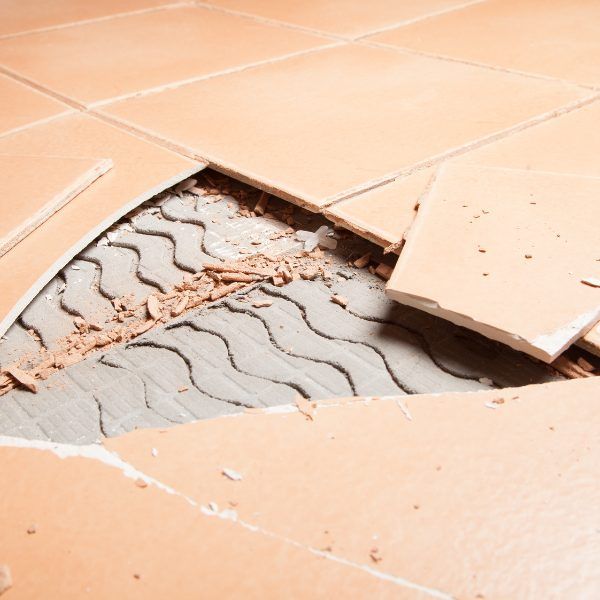
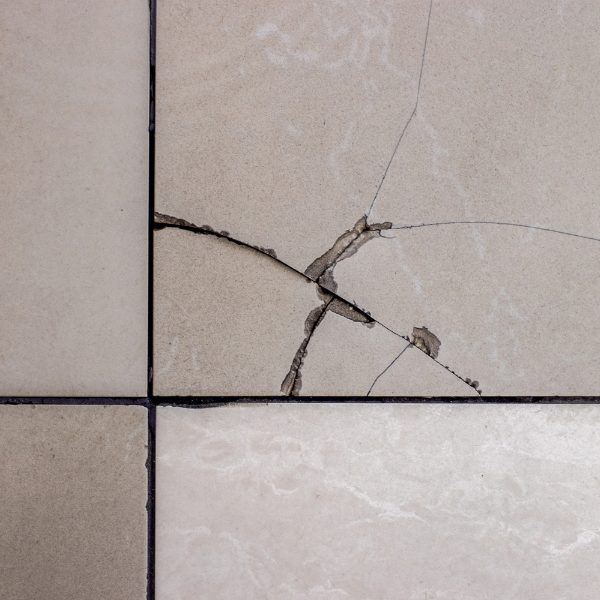
There’s a crack in the tile, dear Liza, dear Liza! Tiles are incredibly strong and durable; the breaking strength and modulus of rupture are unmatched for hard-finished surfaces. So, you may wonder why they would crack. Remember that tile is only as strong as the foundation it’s on. Let me say that again: Tile is only as strong as the foundation it’s on. We need to talk about mortar in the case of a cracked tile. Follow these steps and say goodbye to cracks. (Assuming the substrate meets TCNA deflection requirements and is structurally stable)
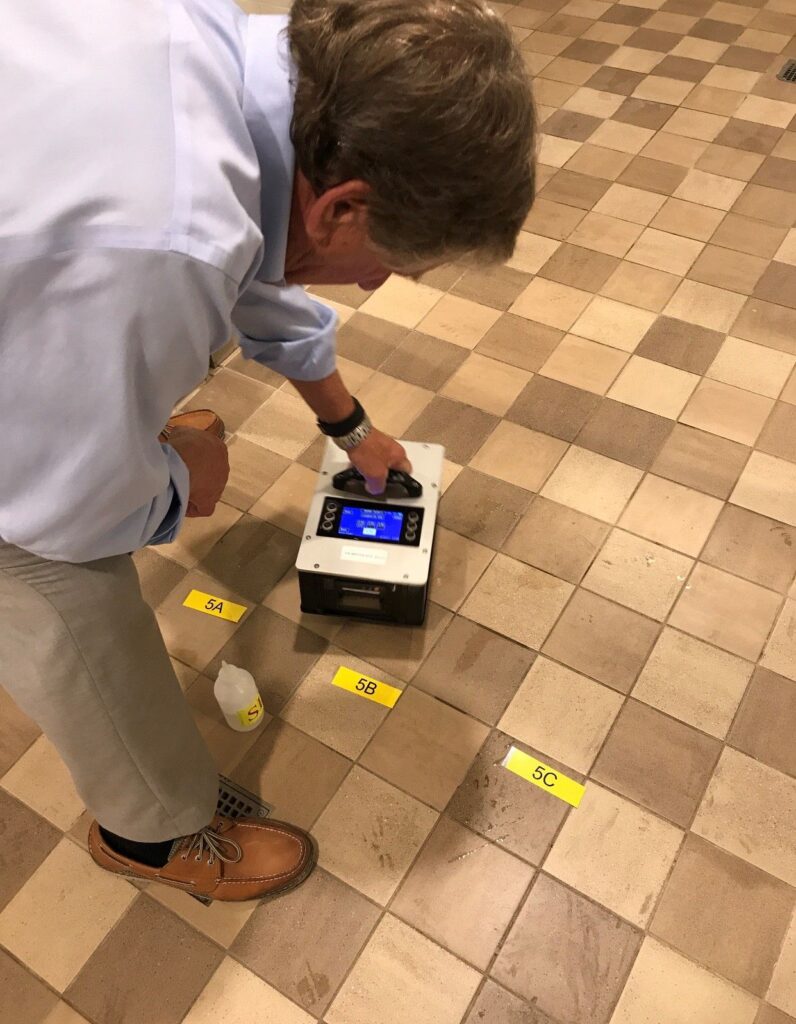
Dynamic Coefficient of Friction (DCOF) is the frictional resistance one pushes against when already in motion. In North America, the tile industry uses the ANSI A326.3-2021 to measure the rating of tiles. This standard addresses the DCOF of hard surface flooring materials, primarily focusing on pedestrian safety and slip resistance. This standard builds upon the existing ANSI A326 series and introduces enhanced testing procedures under dry conditions and performance criteria with incorporation of product use classification. Previous testing was done under wet conditions and did not provide a clear understanding of where products could be installed. Our team put together a technical bulletin to share the key updates, benefits, and limitations of ANSI A326.3, which you can read here. For additional reference, you can watch an instructional video and read more FAQs on DCOF by visiting this TCNA webpage.
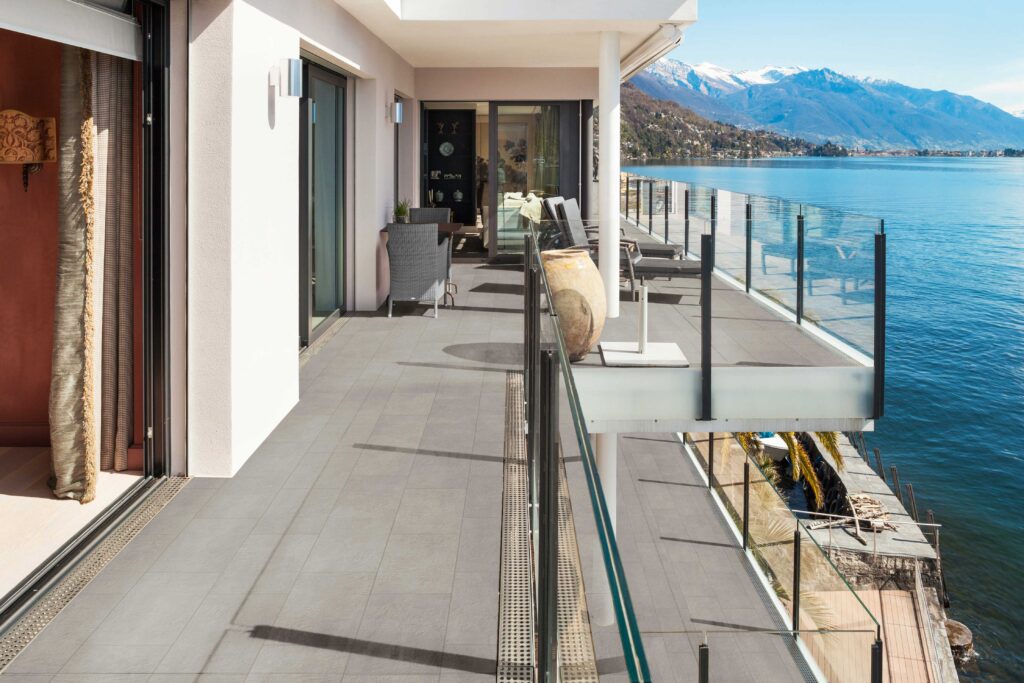
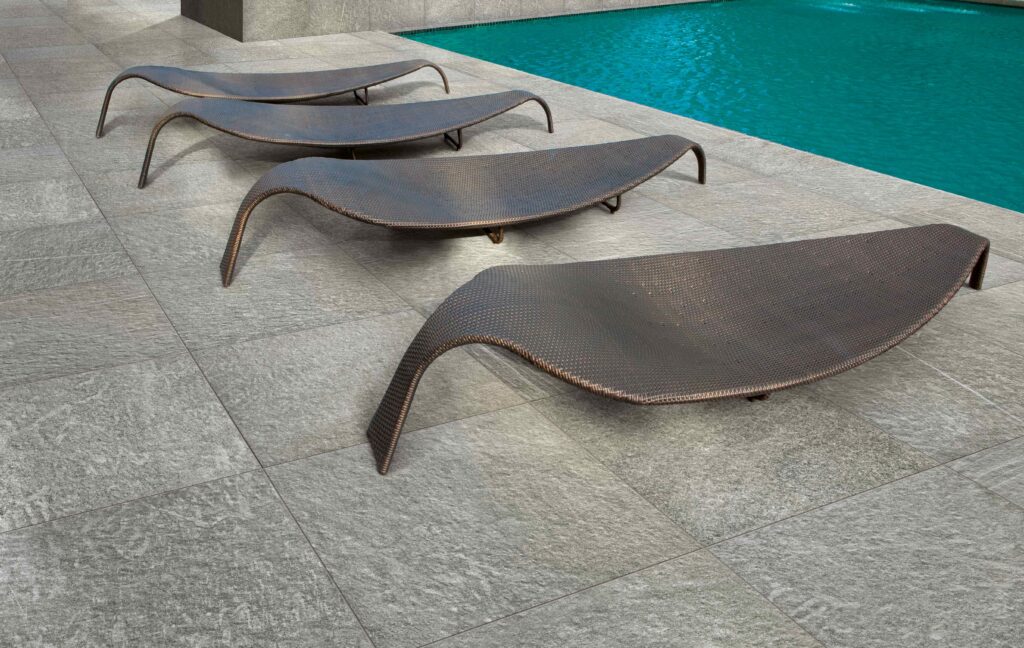

In many cases, tile can be suitable for exterior applications. Several factors must be considered for the tile itself, as well as for the installation. One critical factor of the product itself is water absorption. Ceramic tiles that absorb less than 3.0% of water or moisture and meet or exceed freeze/thaw cycles (ASTM C0126) can be used in exterior applications. However, industry experts feel that only porcelain tiles that absorb less than 0.5% water/moisture and meet or exceed C1026 freeze/thaw cycles should be used.
Tiles used in an exterior application should also be slip-resistant and frost-resistant, as well as durable enough to withstand environmental elements such as UV rays, rain, and temperature fluctuations. As is the case with any tile installation, proper installation is crucial. Adequate substrate preparation, appropriate adhesive, and proper grouting are essential to ensure longevity and prevent issues like detachment. Remember also – exterior applications require 95% mortar coverage below the tiles.
Tile can become slippery due to various factors, and it’s important to understand these factors to minimize slip hazards, especially in wet or high-traffic areas.
Assuming that the tile is not in a wet area, met DCOF conditions for the project, is not in an area prone to mold or algae, and over time, the floor has increased in slipperiness, a few reasons could be the cause:
Oils and Grease: In commercial kitchens or areas where oils and greasy substances are present, they can create a slippery surface. Proper maintenance in these conditions is essential; the lack thereof is often the culprit. The imperative factor for maintenance is clean water. Additionally, if cleaning products are used that leave behind a soapy residue, that will reduce the amount of friction, making the floor slippery. Again, rinsing the floor with clean water is crucial. Reference our tile maintenance guide for a complete walk-through of proper tile maintenance.

Nope! Porcelain tiles are typically considered safe and do not contain toxins. The three fundamental components are natural clay, feldspar, and sand – all naturally occurring earth elements. Porcelain tiles are free of petroleum, formaldehyde, volatile organics, and toxic chemicals. In fact, tile is one of the safest finished products out there. For a detailed response to this question, check out the previous blog regarding green commercial design and all the elements that come along with it. The increased desire for greener building construction and environmental consciousness of our world made me want to include this within the questions I answer.
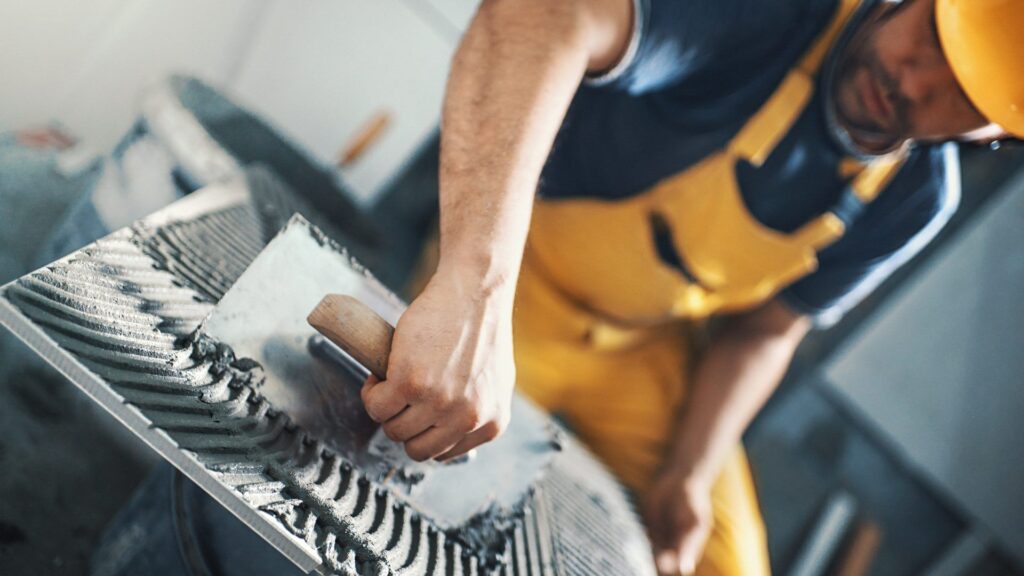
The cost of tile installation in a commercial project can vary significantly depending on several factors, including the type of tile, the size and complexity of the space, labor costs, project location, and other project-specific considerations. To get an accurate budget estimate, consult with professionals, get detailed quotes, and factor in all relevant expenses. It’s also a good practice to add a buffer for unforeseen costs to ensure the budget remains manageable throughout the project.
*While this was a top 5 list, to begin with, I found that the questions about toxins and installation were close to the number of times some of the other questions were asked, so I added them.
So, there you have it! I hope you found this tile FAQ informational. Of course, many more questions regarding tile are out there, and my intent today was to focus on the ones I receive most frequently. I’ve visited hundreds of jobsites over the years and always enjoy providing a solution for clients when they can’t determine what may be causing the issue.
What do you think? Do you have a tile question that was not covered in this blog? If you do and cannot find the answer in my other blogs or our website, please email me! I’m always happy to talk about anything tile-related to your projects.